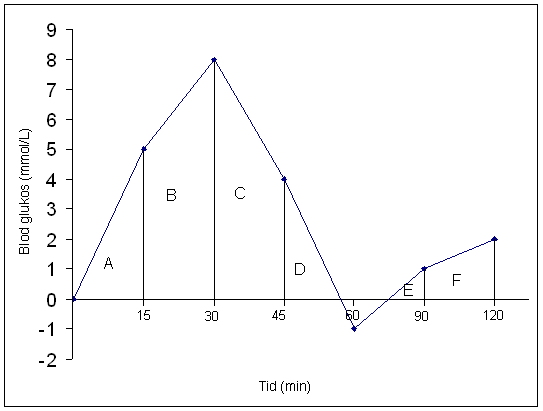The Importance of the Glycemic Index
You might have heard the words “glycemic
index” being thrown around, but weren't sure what the whole thing was
about. The glycemic index (GI) is a number that is associated with
different foods and shows their effect on the glucose levels in the
blood (also known as “blood sugar level”). The number represents the
total rise in glucose level after eating that food.
How the GI is determined:
The level of “sweetness” of a food doesn’t necessarily give it a low or
high GI value- Foods with simple carbohydrates break down faster in the
stomach, releasing glucose into the blood more rapidly and therefore
have a higher GI value. Foods with complex carbohydrates, which break
down slower, will have a lower GI value.
Other factors that affect GI levels:
Dietary fiber, fat, protein, vinegar and amylose starch will lower the
GI levels in food. Research shows that consuming a small amount of
alcohol shortly before a meal will reduce the GI level of the meal by
15%.
GI classification:
Classification GI range Examples
Low GI 55 or less beans (white, black, pink, kidney, lentil, soy,almond, almond, peanut,walnut, chickpea); small seeds( sunflower, flax, (sunflower, flax,pumpkin,poppy, sesame);most whole intact grains durum/spelt,kamut / durum/spelt/kamut, wheat, millet, oat, rye, rice, barley); most vegetables, vegetables,sweet
fruits (peaches, strawberries, mangoes);fructose fructose; mushrooms; chili
peppers
Medium GI 56-69 Whole wheat or enriched wheat (not-intact),
pita bread, basmati basmati rice, unpeeled boiled potato, grape juice, raisins,
prunes, prunes, pumpernickel bread, cranberry juice, regular ice cream,
sucrose, banana
High GI 70 or higher white bread (only wheat endosperm), most
white rice (only rice rice endosperm), corn flakes, extruded breakfast
cereals, glucose,maltose, maltose, maltodextrins, potato, pretzels, bagels

Why do we need to know the GI of food?
Diabetics need to know what their glucose levels are, as changes in
these levels can have serious effects on their physical and mental state
and may even be detrimental to their health. Non-diabetics can use the
GI to better regulate their energy levels and improve results when
working out. Some people with a thyroid condition need to control their
blood sugar levels in order to lose or maintain weight.
High glycemic foods break down fast, providing a quick energy boost,
especially after a workout. Low glycemic foods take more time to break
down, making them great fuel to have before a workout, as they release
energy into the body in a steady rate. These factors can help you
prevent hypoglycemia symptoms.
A 1999 research discovered that people who follow a low GI diet over a
prolonged period of time reduce the risk of developing coronary heart
disease, type 2 diabetes and even age-related muscular degeneration.
Things to be aware of:
The GI index is not perfect – there are many foods that are low-glycemic
which are unhealthy (Chocolate cake – GI 31, ice cream – GI 37) and
ones that are high-glycemic that are good for you (Potato/rice – 100
GI). Remember to practice moderation.
The amount of carbohydrates in food can
have more of an impact than GI on the glucose levels in your blood.
Losing weight and consuming less carbs will also lower blood glucose
levels.
The Rise of Blood Sugar Levels After a Meal
